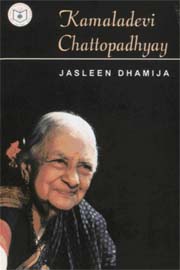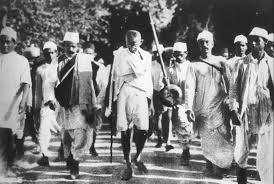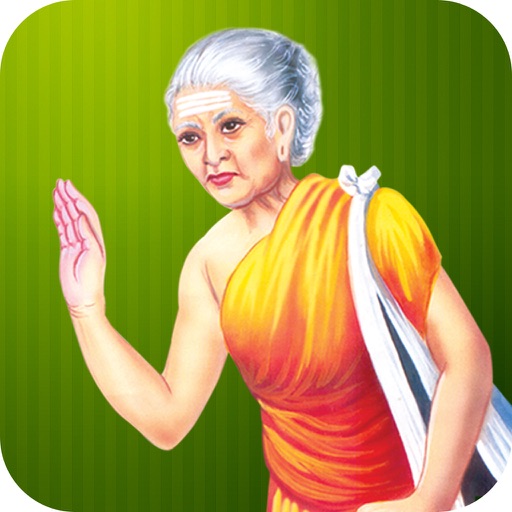A small news item caught my eye yesterday because it had the name of one of my favourite children’s author–Dr Seuss; and it reminded me that 2 March is his birth anniversary. The news however was somewhat unsettling. It reported that after being in print for almost half a century, six Dr Seuss books will no longer be published because the estate of the deceased author consider that “These books portray people in ways that are hurtful and wrong.”
In an age that it overly sensitive to the portrayal of different cultures and races, and in the effort to be “politically correct” or “woke” as it is now termed, this seems to be the latest item on the list of vetting children’s books for “appropriate content.”
Curiously, Dr Seuss books have always been more about vocabulary than content. Several generations of children have been introduced to words by being read aloud from his books. It was the simple rhymes and rhythm of his verses that opened up the fun of language, and the characteristic zany drawings that accompanied them that attracted young and old.
Theodor Seuss Geisel was born on March 2, 1904, in Springfield, Massachusetts to German immigrant parents. He left home at the age of 18 to attend Dartmouth College, where he became the editor-in-chief of its humour magazine. He was kicked off the magazine’s staff when he and his friends were caught drinking in their dorm, in violation of the Prohibition era laws. But he continued to contribute to the magazine under the pseudonym Seuss, which was his mother’s maiden name.
After graduating from Dartmouth, Theodor left for England in 1925 to study at the University of Oxford, with plans to become a Professor someday. But as his notebooks from the period indicate, while he diligently took lecture notes initially, soon the pages were filled only with doodles and drawings. In 1927, he dropped out of Oxford and gave up his idea of becoming an academic. Later when he began to make a name as a writer he added ‘Dr.’ to Seuss, as a sort of joke, because his father had always wanted him to get a doctorate and become a professor. And Dr Seuss he became and remained till the end of his days, and even today.
Theodor had always loved to play with words and it was with words and sketches that he began his professional life. On his return to the United States, Theodor worked for a number of years as a freelance magazine cartoonist, selling cartoons and humorous prose pieces to the major humour magazines of the 1920s and 1930s. One of his best known assignments was the humorous advertisements for the bug spray Flit. He went on to create advertising campaigns for several large companies including the Ford Motor Company.
His new avatar as a children’s writer was born with the publication of his first book in 1937. In 1936, Geisel and his wife were returning from an ocean voyage to Europe when the rhythm of the ship’s engines inspired the poem that became his first children’s book: And to Think That I Saw It on Mulberry Street. But his manuscript was met with rejection from publisher after publisher.
After the 27th publisher rejected his manuscript, Theodor was dejectedly walking on Madison Avenue in New York when he bumped into an old friend from Dartmouth, Mike McClintock, who that very morning had started a job as an editor in the Vanguard Press children’s section. Within hours, the men signed a contract. In 1937 Vanguard Press published And to Think that I Saw It on Mulberry Street. The book was an instant hit and Dr. Seuss began what was to be an extraordinary literary career.
The outbreak of World War II forced Theodor to temporarily give up writing for children and to devote his talents to the war effort. Working with the Information and Education Division of the U.S. Army, he made documentary and animated films for American soldiers. He also illustrated political cartoons; but his heart was in children’s books.
After the war, Geisel and his wife moved to La Jolla California where he returned to writing children’s books, working hard for hours at juggling words and rhymes and colour palettes to create madcap characters and adventures. He also loved coining playful nonsensical words that were as zany as his characters: Yuzz-a-ma-tuzz, murky-mooshy, gluppity-glup, schloppity shlop—words that children would love to twist their tongue around! It was a few years before his best known book The Cat in the Hat would be written. And this has an interesting background.
In the early 1950s the most widely used early school primers were a series featuring a boy and girl named Dick and Jane who were too neat, clean, and well behaved to be true!. By the mid-fifties some educators began to debate how effective these were in laying the foundation for literacy, and encouraging and exciting early readers.
One of the people who were concerned, and were imagining alternatives was William Spaulding who was then director of the education division at the Houghton Miffin publishing house. In 1955 Spaulding invited Dr Seuss to create a book for six- and seven-year-olds who had already mastered the basic mechanics of reading. He reportedly challenged, “Write me a story that first-graders can’t put down!”
The additional challenge was that Theodor was given a limited list of 250 words that he could use for his story. Theodor decided to quash his frustration by deciding to pick the first two rhyming words that he found in the list and create a story based on those. The words were Cat and Hat! The next challenge was to write the story. It took Theodor nine months to complete The Cat in the Hat—a 236 rhyming word book which while doing its traditional job of a reading primer was also entertaining. It was the story of two children, bored and alone at home who were visited by a cat in a top hat and red bow tie, and their mad capers in one afternoon.
We looked
and we saw him
the cat in the hat!
and he said to us
‘why do you sit there like that?
i know it is wet
and the sun is not sunny
but we can have
lots of good fun that is funny!
When it was published in 1957, the book was met with immediate critical and commercial success. Reviewers saw it as an exciting alternative to traditional primers. Three years after its debut, the book had already sold over a million copies.
The enthusiastic reception of The Cat in the Hat led Geisel to found Beginner Books, a publishing company specializing in easy-to-read books for children.
If 236 words was a challenge he took on successfully, one of his most popular books, Green Eggs and Ham, was the result of a bet that he could not write a book using only 50 words. But he did!
Dr Seuss never began his stories with a moral in mind. He felt that this was the one thing that immediately put children off. He believed in talking to kids not at them. He also cautioned other writers not to patronize children. As he said, “They can smell a phony a mile away. They are the toughest audience to write for.”
However his writing was not just word play; all his stories have an inherent moral, subtly permeating the rollicking words and the insouciant illustrations. With their plot twists and rebellious heroes who do the unexpected, the books cover a wide range of social and environmental issues. The Lorax at one time became a much-quoted environmental fable. His art work had a unique style, generally devoid of straight lines, and characteristic droopy figures.
Dr Seuss became a household name. Between 1937 and 1991, when he died aged 87, he published more than 60 books, which have sold half a billion copies between them–more even than J K Rowling’s Harry Potter books! The books have been translated into many languages. Some of his books were also adapted and made into animated films, TV shows and theatre productions.
I have spent as many hours reading Dr Seuss to my children as they were growing, as I have spent in perusing his books again and again, even when the children had outgrown them. I am sure that similar members of the Seuss fan club have not been unduly tarnished by what today is being perceived as writing and images promoting racial stereotypes, or being culturally insensitive. With six Seuss classics, including his first book And To Think That I Saw It On Mulberry Street ceasing publication and sale, it would be a pity if we were to return to the sanitized versions of children’s books like Dick and Jane.
You’ll come to a place where streets are not marked.
Some windows are lighted. But mostly they’re darked.
A place where you could sprain both your elbow and chin!
Do you dare to stay out? Do you dare to go in?
How much can you lose? How much can you win?
(Oh, the Places You’ll Go!)
–Mamata









